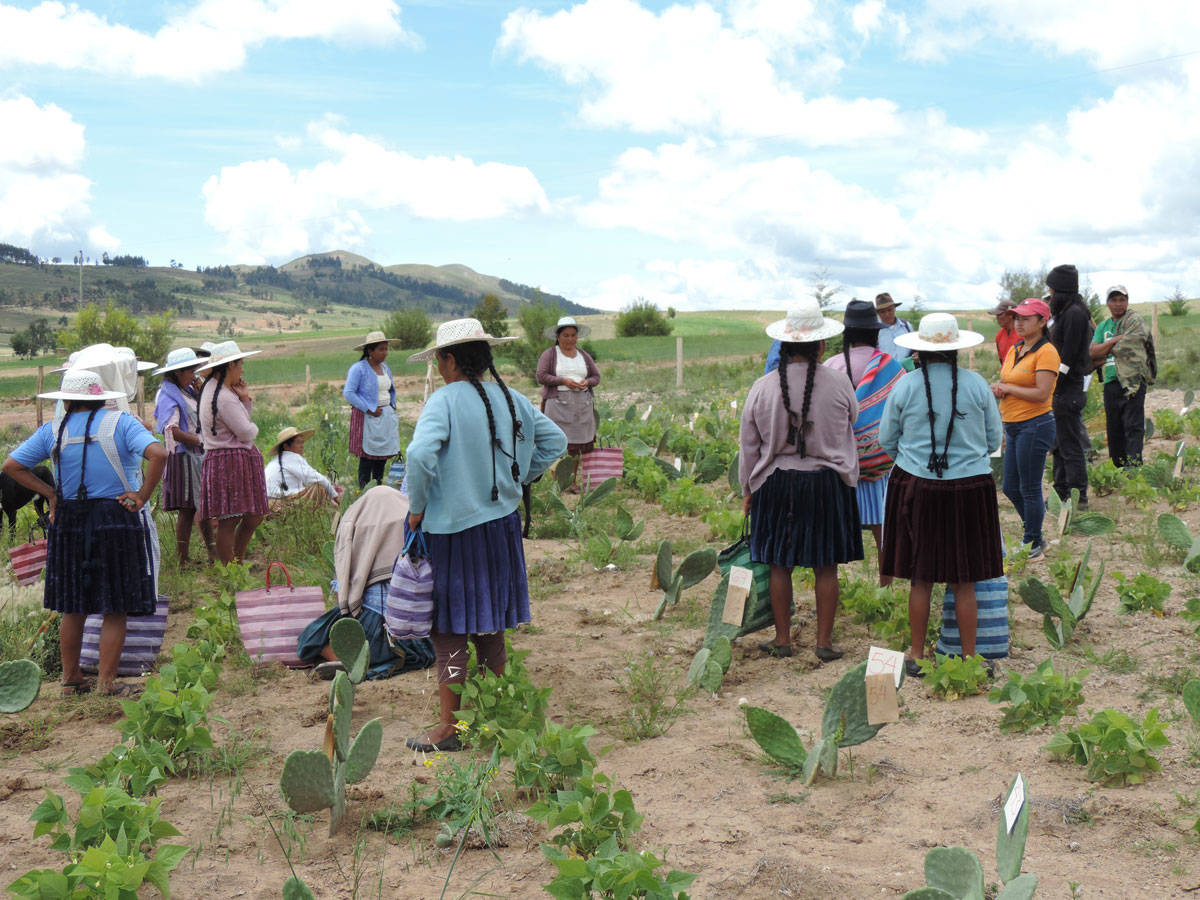
About us
This consortium was integrated by Argentina, Bolivia, Chile, and Costa Rica.
Historical context
During the last 20 years, food demand increments led to greater agricultural and livestock production in South America. However, climate change effects, mainly on small producers, can negatively affect their future development.
- In Chile, about 90% of livestock systems depend directly on rainfall intensity and frequency.
- In Argentina, the Pampean region, where the highest percentage of national agricultural production is concentrated, has a very variable rainfall regime. This results in dry, intermediate or very rainy years that alternate not uniformly.
- In Bolivia, in recent years, drought intensity increments led to a drastic decrease, with a tendency to disappear, in sheep production.
- In Costa Rica, approximately 70% of meat and dual-purpose producers are farmers who develop subsistence production systems and face higher production costs than the rest of Latin America.
The challenge
Respond to food global demands under the scenario of increasingly adverse weather conditions and small producers with minimal technologies and investment.
The objective
Evaluate how at a Agricultural Family level forage resources genetically tolerant to water stress result in increase livestock productivity without increasing Greenhouse Gas (GHG) emissions.
The Methodology
During May 2015 and October 2017 new species and varieties performance, quality, and persistence of the new species and varieties were evaluated. Furthermore, GHG emissions associated with fertilization strategies implemented were quantified.
The technological solution
The implementation of forages adaptable to climate change (drought or flood) resulted in productive and economic benefits and reduction of GHG emissions. For example, experiments were performed to evaluate drought-tolerant forages (Chile); forages and tuna forage (Bolivia); soy adapted to direct grazing in livestock conditions (Costa Rica); and growth promotion of Lotus (Argentina).
The Results
Forage species implemented had higher yields and helped to reduce GHG emissions per kg of live weight during critical times. In Argentina, for example, an increase in cumulative annual production of 9% of Dry Digestible Matter and 58% of Crude Protein was observed in comparison to unmanaged natural grasslands.
| Results by Country | ||||
| Country | Argentina | Bolivia | Costa Rica | Chile |
| Forage implemented | Lotus tenuis | Spuntia sp. | Neonotonia wightii | Bromus y Lotus |
| Yield during critical periods* | 14% | 1000% | 5% | 56% |
| Persistence | Perenne | Perenne | Anual | 4-5 years |
| GHG reduction * | 37% | 58% | 73% | 10% |
| * Average estimations. | ||||
Capacity strengthening
- 706 people trained (25% women)
- 10 field experiments
- 3 standard operation procedures




